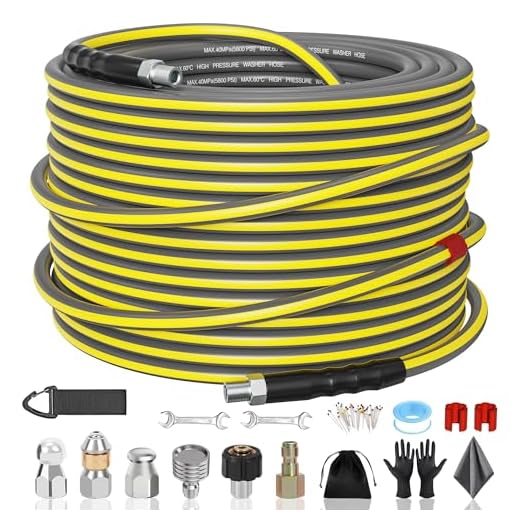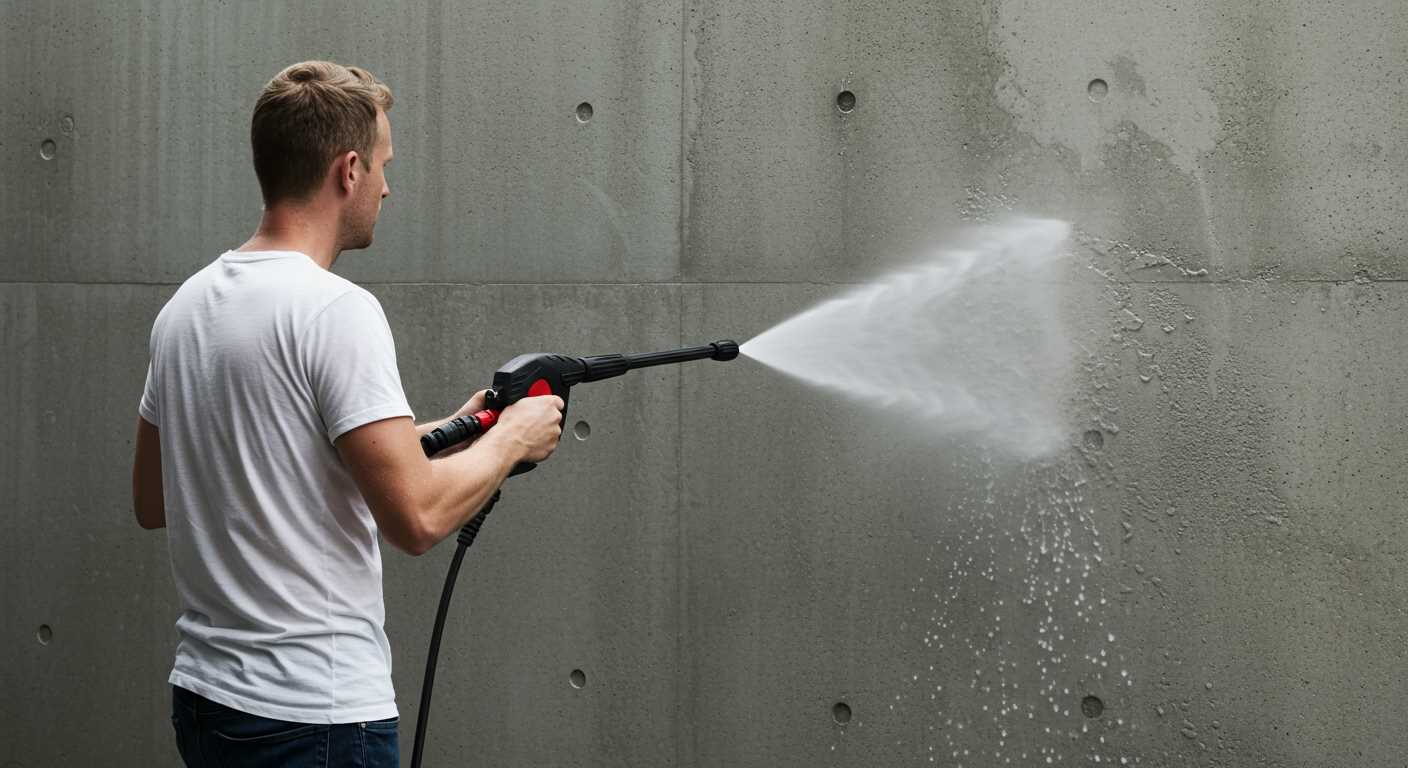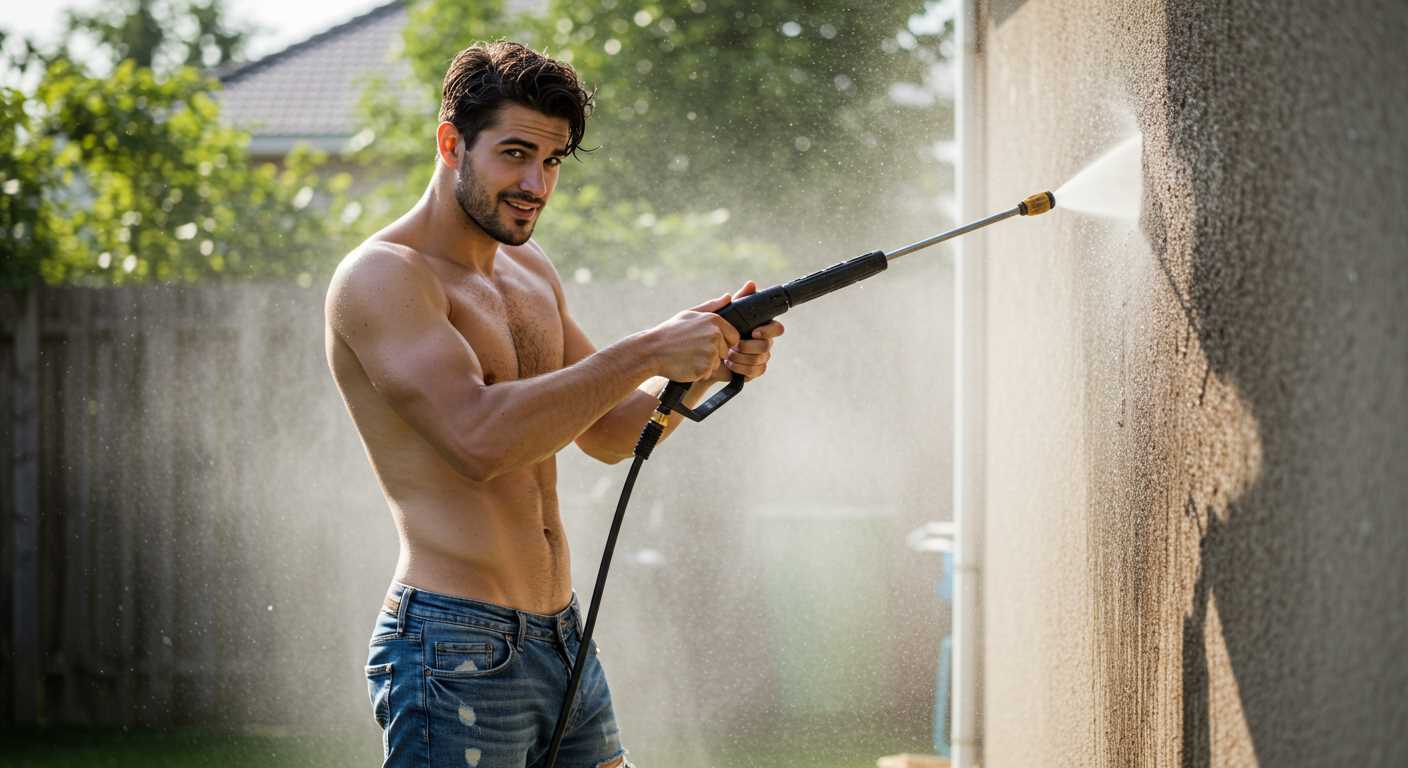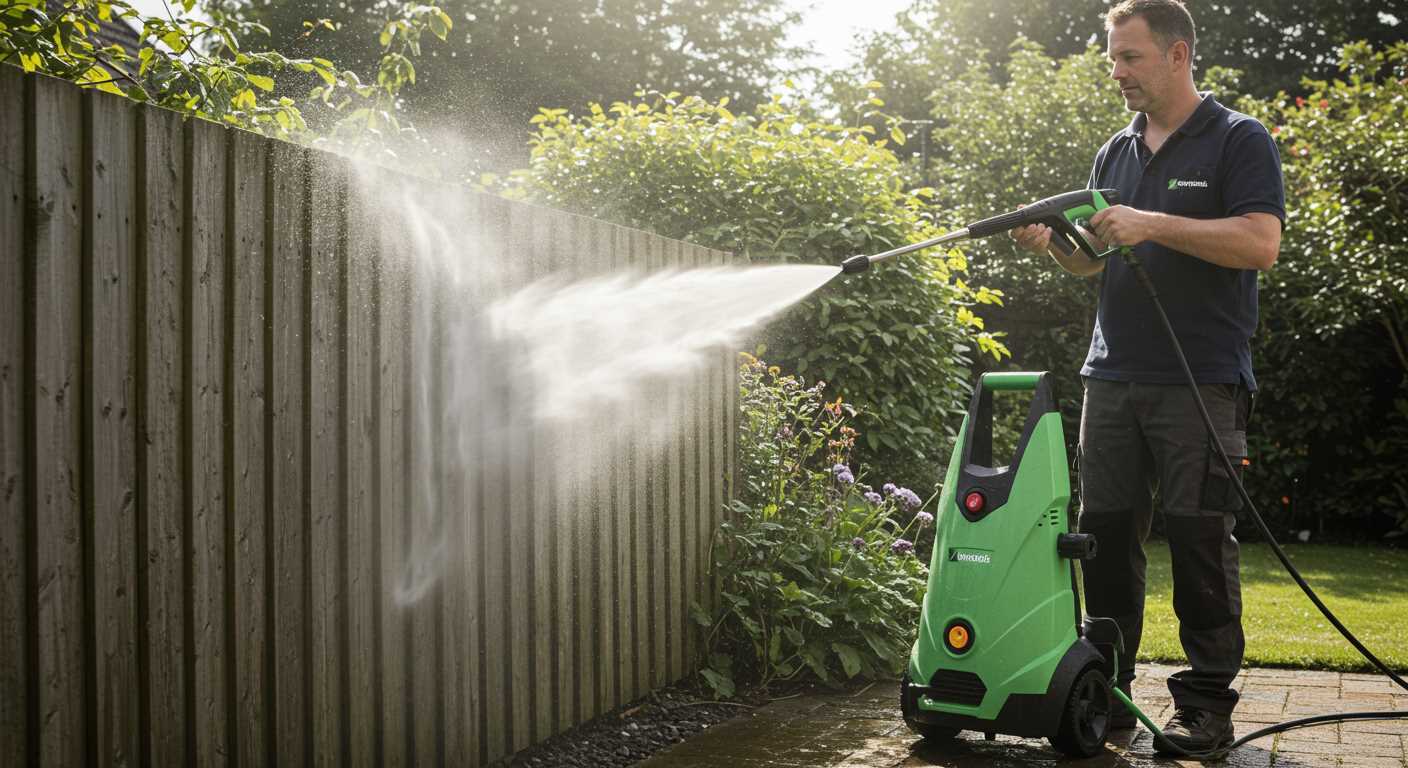



In my experience as a cleaning equipment consultant, tackling clogged pipes with high-pressure cleaning tools can yield impressive results. Such equipment, designed to deliver powerful jets of water, effectively dislodge debris that accumulates within pipework, providing a thorough clean.
When employing this method, select a model with adjustable pressure settings. It’s vital to begin with a lower setting to prevent potential damage to aging pipes and fixtures. Gradually increase the pressure if the initial attempts do not achieve the desired outcomes.
Additionally, consider the nozzle type carefully. A flat spray nozzle can disperse water over a larger area, while a pinpoint nozzle focuses energy on a specific spot, making it suitable for stubborn blockages. Always ensure a proper seal to direct water effectively into the pipe and maximise cleaning efficiency.
Before proceeding, take caution regarding the substances causing blockage. If they are rooted in grease or other hazardous materials, a thorough pre-inspection is recommended. Adopting the right approach will safeguard your plumbing system while ensuring optimal performance from your equipment.
Understanding the Mechanism of Pressure Washers
The functionality of high-pressure cleaning devices relies on the principle of converting water flow into a concentrated, powerful jet. When water enters the machine, it is pressurised by a motor-driven pump. The pressure generated can range from 1000 to 4000 PSI, allowing for the efficient removal of debris, dirt, and buildup in various surfaces and applications.
Key components include the pump, motor, nozzle, and hose. The pump is crucial, as it determines the pressure and flow rate. Electric motors typically provide a quieter operation, while petrol engines are ideal for tougher tasks due to their higher performance potential. Different nozzles alter the pressure and spray pattern, enabling targeted applications that can either be gentle or forceful depending on the requirements.
Another aspect to consider is the water temperature; some models allow the heating of water, which enhances cleaning capabilities. Hot water can aid in dissolving grease and grime more effectively than cold. This feature is especially beneficial in industrial or heavy-duty settings where stubborn residues reside.
Regular maintenance is vital for the longevity of these units. Routine checks for leaks, cleaning filters, and ensuring the nozzle doesn’t get blocked can prolong operational efficiency. Invest in quality hoses and connectors to avoid potential malfunctions. Understanding the specific functionalities and configurations allows me to optimise usage for various tasks, resulting in better overall performance.
Identifying Suitable Drain Types for Pressure Washing
.jpg)
Not all drainage systems are compatible with high-pressure cleaning methods. Start by examining the material of the pipes. PVC, cast iron, and concrete are generally safe for this approach, while older clay or lead pipes could sustain damage. Always conduct a thorough inspection to ascertain the integrity of the piping before proceeding.
Types of Drains
Residential gutters and outdoor drainage systems present ideal targets. The strong jet streams can efficiently remove debris, leaves, and build-up that obstruct flow. Ensure the fittings are secure to prevent any dislodgement during cleaning.
Commercial Applications
In a commercial setting, industrial pipelines made of robust materials like stainless steel are well-suited for this cleaning technique. Many manufacturers specifically certify their products for high-pressure applications. Always verify with the product documentation to ensure safe usage.
Step-by-Step Guide to Using a Pressure Washer on Drains
.jpg)
Select an appropriate nozzle for your high-pressure cleaning device. A rotating turbo nozzle or a narrow high-pressure tip works best for tackling stubborn blockages.
Before commencing, ensure all safety gear is worn, including gloves and goggles, to protect against debris and potential splashes.
Position the hose into the entrance of the pipe that requires attention. Ensure it is inserted sufficiently deep to reach the obstruction, but avoid pushing it too far to prevent damage.
Activate the cleaning machine, starting at a low setting. Gradually increase the pressure while monitoring the output. This cautious approach prevents accidental damage to the plumbing.
Direct the spray back and forth along the interior of the pipe for thorough cleansing. Keep the hose moving to avoid creating new blockages or damaging the pipe.
If resistance is felt, withdraw the nozzle slightly and adjust the angle of the spray. This can help dislodge the obstruction more effectively.
Continue the process until you notice a change in water flow or the blockage is completely cleared. It may be necessary to repeat the cycle a few times for stubborn clogs.
After dislodging the debris, turn off the device, remove the hose, and flush the drainage system with clean water to clear any remaining particles.
Inspect the area visually to ensure no residue remains which may hinder future drainage. Dispose of any debris properly.
Regular maintenance using this approach can prevent build-up and minimise future issues with the drainage system.
Safety Precautions When Pressure Washing Drains

Ensure suitable protective gear is worn: safety goggles, gloves, and non-slip footwear are mandatory. This shields against high-pressure water and debris that may be forcefully ejected.
Equipment Checks
Inspect the cleaning device thoroughly before commencing. Check for leaks, damaged hoses, and ensure all nozzles are properly fitted. A faulty device may pose risks of injury or cause ineffective operation.
Location Awareness

Be aware of your surroundings. Look for potential hazards such as electrical lines, underground utility pipes, or uneven surfaces. Mark any nearby areas where caution is required.
| Hazard | Precaution |
|---|---|
| Electrical Lines | Maintain a safe distance and avoid working in wet conditions. |
| Slippery Surfaces | Use anti-slip footwear and work on stable ground. |
| High Pressure | Aim the nozzle downwards and avoid directing it at people or pets. |
Properly secure the nozzle when not in use to prevent accidental activation. Familiarise yourself with the operating manual to understand pressure settings and safety features.
After the task, clean the area by removing debris and any hazardous materials that could cause slips or falls. Conduct a post-operation inspection to ensure equipment is properly stored and any maintenance needs are addressed.
Common Issues and Limitations of Pressure Washing Drains
Equipment like this can struggle with specific obstacles, particularly when dealing with stubborn blockages. Heavy debris, such as tree roots or large foreign objects, often requires a different approach entirely. These situations may necessitate manual removal rather than relying solely on high-pressure technology.
Additionally, the water flow can become easily restricted in narrow or complicated piping. While high-pressure systems clear some materials, the risk of further compaction or damage increases when the flow is insufficient. Users should be aware of the limitations of their apparatus and correlated nozzles to ensure compatibility with the pipe diameter.
Over-pressurising can lead to physical damage on vulnerable pipes, especially those made of PVC or older materials. Thus, employing a compatible pressure rating is crucial to avoid propelling water through cracks or seams. Assessing the integrity of the piping beforehand is a best practice to mitigate unforeseen issues.
Another common hurdle is the depth of obstructions. This cleaning method excels at surface-level clogs but often proves ineffective against deeper blockages, where hydro-jetting might be more appropriate. Conducting a thorough inspection and determining accessibility beforehand can save time and frustration.
Environmental factors also play a significant role. In cold weather, pipes could freeze, complicating the cleaning process and increasing the risk of breaks. Therefore, timing can significantly affect the effectiveness of cleaning efforts.
Familiarising oneself with the limitations of this equipment is vital for achieving the desired outcomes while safeguarding plumbing systems. Knowledge of appropriate situations and potential stumbling blocks can enhance the overall experience significantly.
Alternative Methods for Unblocking Drains if Pressure Washing Fails

If the high-pressure solution doesn’t clear the obstruction, consider these alternatives:
Mechanical Snakes

Employing a drain snake is a practical option. This tool consists of a flexible cable that can navigate bends in pipes and break through clogs. Follow these steps:
- Insert the snake into the drain until resistance is felt.
- Rotate the handle to engage the clog.
- Withdraw the snake, pulling debris with it.
- Flush the drain with water to clear remnants.
Liquid Drain Cleaners
Chemical solutions can also assist in clearing blockages. Use these with caution:
- Choose a product suitable for the type of pipes in your property.
- Follow manufacturer instructions for quantity and application.
- After application, flush with warm water to facilitate breakdown.
Homemade Solutions
Mixing common household items can create an effective unclogging agent:
- Combine equal parts baking soda and vinegar. Pour this mixture into the drain.
- Allow it to fizz for about 30 minutes.
- Rinse with boiling water to clear the line.
Hydro Jetting
A more advanced method employs hydro jetting, utilising high-pressure water streams for stubborn blockages. This requires professional help:
- Consult a plumbing service to assess the situation.
- The service should use specialised equipment to ensure thorough cleaning.
Professional Assistance
In cases where DIY methods remain unsuccessful, contacting a certified plumber is advisable. Their expertise and tools might resolve complications without causing damage to your plumbing system.







